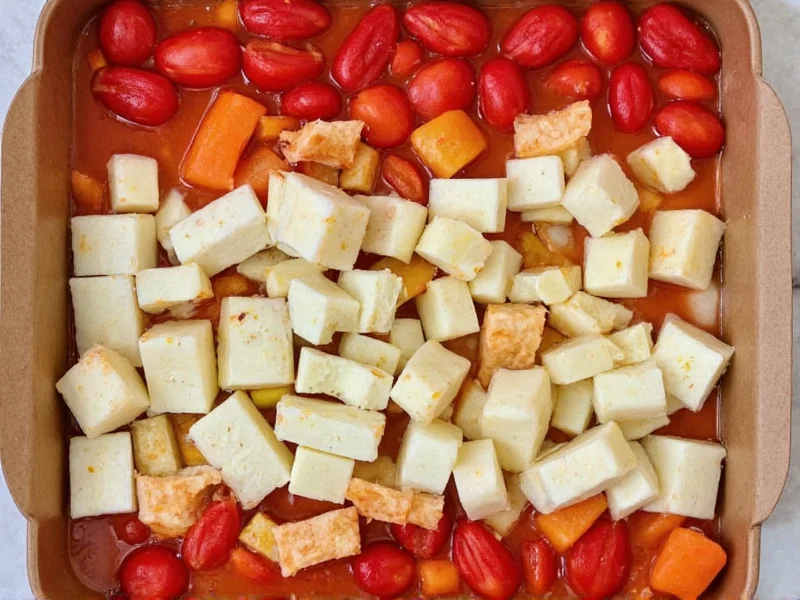Souper Cubes have become increasingly popular among home cooks and meal preppers seeking efficient ways to preserve homemade broths and soups. These flexible silicone containers solve a common kitchen challenge: how to store liquid-based foods in the freezer without creating a messy, difficult-to-remove block of frozen liquid. Unlike traditional ice cube trays, Souper Cubes feature thoughtful design elements that make portioning, freezing, and retrieving soup portions remarkably simple.
Understanding Souper Cubes Design and Functionality
The innovative design of Souper Cubes addresses multiple pain points associated with freezing liquids. Each cube features flexible silicone walls that allow for easy removal of frozen portions without the need for running water or excessive force. The containers typically come in trays that hold multiple individual cubes, with each cube having a capacity of approximately 1-2 cups of liquid—ideal portion sizes for most recipes requiring broth or soup.
What sets Souper Cubes apart from standard ice cube trays is their taller, more substantial design. While traditional ice cube trays create small, shallow portions suitable only for beverages, Souper Cubes produce deeper portions perfect for cooking applications. The flexible material allows users to gently push from the bottom or bend the sides to release frozen portions cleanly.
Key Benefits of Using Souper Cubes
Home chefs who incorporate Souper Cubes into their kitchen routine experience several significant advantages:
- Portion control—pre-measured servings eliminate guesswork when recipes call for specific amounts of broth
- Space efficiency—stackable design maximizes freezer organization compared to bulky containers
- Reduced food waste—preserve homemade stocks and broths that might otherwise spoil
- Time savings—have ready-to-use broth portions for quick cooking without thawing large containers
- Eco-friendly alternative—reusable design reduces reliance on single-use storage methods
| Feature | Souper Cubes | Traditional Ice Cube Trays | Plastic Containers |
|---|---|---|---|
| Portion Size | Ideal for cooking (1-2 cups) | Too small for recipes (1-4 oz) | Often too large (2+ cups) |
| Removal Ease | Flexible silicone, easy release | Rigid, difficult removal | Sticky, messy removal |
| Freezer Organization | Stackable, space-efficient | Stackable but small portions | Bulky, inefficient stacking |
| Reusability | Durable, long-lasting | Durable but limited use | Single-use or limited reuse |
Practical Applications in Meal Preparation
Chefs and home cooks utilize Souper Cubes for various culinary applications beyond just storing broth. Creative uses include:
- Freezing tomato paste in recipe-friendly portions
- Preserving herb-infused oils for cooking
- Storing homemade sauce reductions
- Creating portioned smoothie bases
- Freezing coffee or tea for iced beverages without dilution
- Preserving fruit purees for baby food or baking
When preparing soups or broths for freezing in Souper Cubes, experts recommend filling containers to about 85% capacity to allow for liquid expansion during freezing. For best results, cool liquids slightly before pouring to prevent warping the silicone, but don't wait until completely cold as this reduces the risk of condensation forming inside the storage container.
Optimizing Your Souper Cubes Experience
To maximize the benefits of using Souper Cubes, consider these professional tips:
- Label each portion with contents and date using freezer-safe markers
- Freeze initially on a flat surface to ensure even freezing before stacking
- Store completed cubes in larger freezer bags to prevent odor absorption
- Use the cubes within 6 months for optimal flavor preservation
- Place a paper towel beneath the tray when filling to catch spills
Cleaning Souper Cubes requires minimal effort due to their non-porous silicone construction. Most models are dishwasher safe, though hand washing with mild soap preserves longevity. Ensure complete drying before storage to prevent moisture buildup. Proper care extends the life of these containers significantly, making them a worthwhile investment for frequent cooks.
Comparing Souper Cubes to Alternative Storage Methods
While various options exist for freezing liquids, Souper Cubes offer distinct advantages over traditional methods. Standard ice cube trays create portions too small for most cooking applications, requiring multiple cubes to achieve recipe requirements. Plastic freezer bags often lead to messy storage and difficult portion control. Glass containers risk breakage from liquid expansion during freezing.
The flexible nature of silicone Souper Cubes provides the perfect balance between structural integrity when frozen and ease of removal. Their design specifically addresses the needs of cooks who regularly prepare and preserve liquid-based foods, making them superior to generic storage solutions for this particular purpose.
Integrating Souper Cubes into Your Kitchen Routine
For those new to using Souper Cubes, implementing a simple system ensures maximum benefit. Designate specific colors for different types of liquids (chicken broth, vegetable stock, tomato sauce) to simplify identification. Create a rotation system where newer frozen portions go to the back of the freezer, following the "first in, first out" principle to minimize waste.
When planning meals, check your Souper Cubes inventory first to incorporate existing frozen portions into your menu. This approach not only reduces food waste but also saves preparation time, as having ready-to-use broth portions streamlines soup making, sauce preparation, and grain cooking.











 浙公网安备
33010002000092号
浙公网安备
33010002000092号 浙B2-20120091-4
浙B2-20120091-4